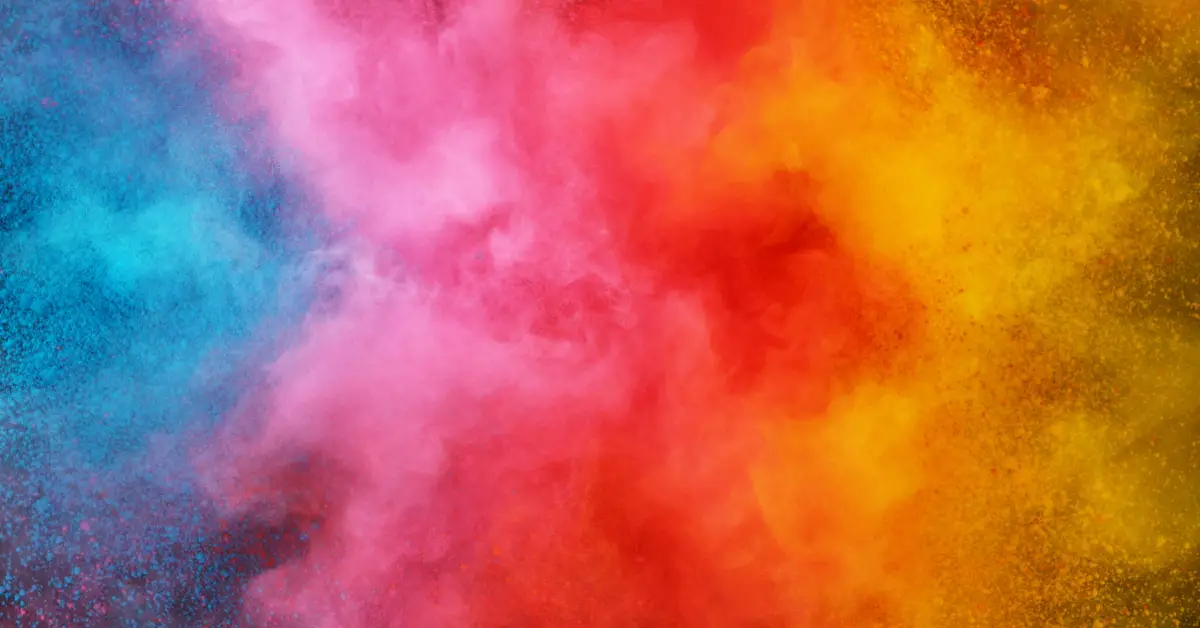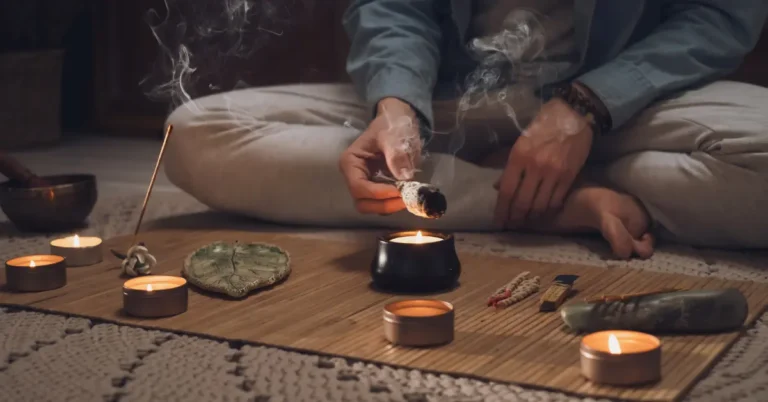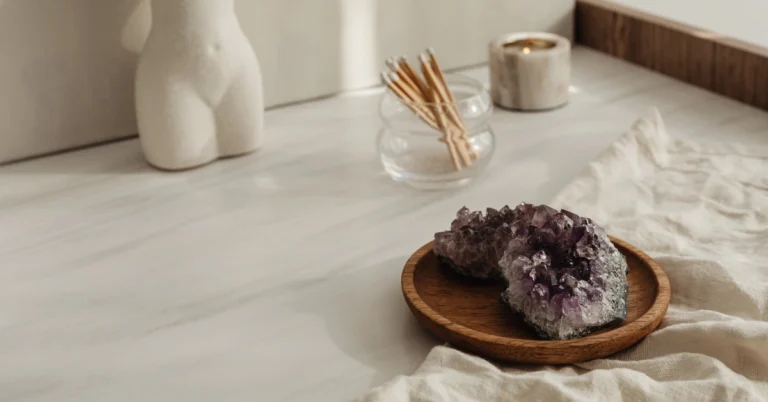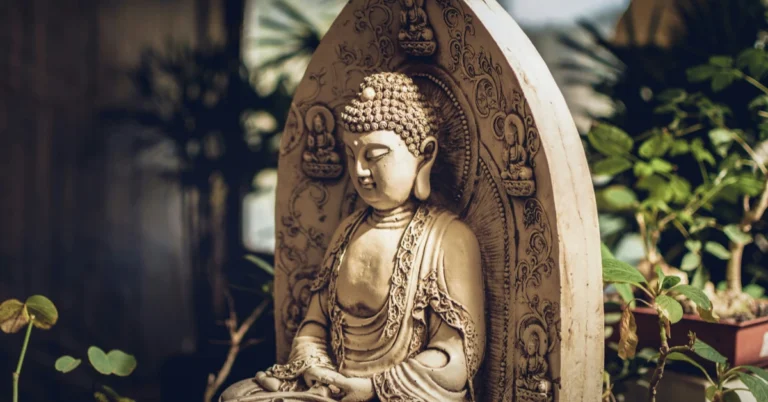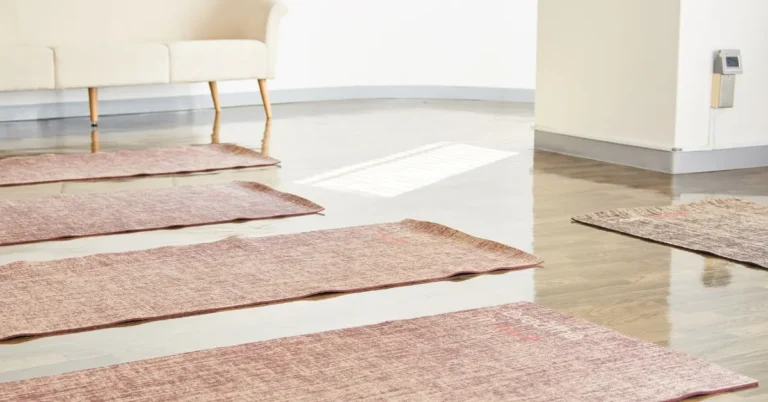Welcome to a vibrant exploration of mindfulness and meditation. Today, we dive into the fascinating world of using “colors in meditation practice” to deepen our spiritual connection and enhance our inner journey.
Colors have a profound impact on our emotions, thoughts, and overall well-being. When integrated into our meditation practice, they can serve as powerful tools for healing, balance, and self-discovery.
Understanding Significance Of colors in meditation practice
Colors can have a significant impact on our emotions and feelings, and this is especially true during meditation. As I meditate, I’ve noticed that certain colors tend to appear more frequently and have different meanings. In this section, I’ll explore the significance of colors in meditation practice.
Blue
Blue is a calming color that can help reduce stress and anxiety. When I see blue during meditation, I feel a sense of peace and tranquility. It’s a great color to focus on when you’re feeling overwhelmed or anxious.
Green
Green is a color that represents growth and renewal. When I see green during meditation, I feel a sense of hope and renewal. It’s a great color to focus on when you’re going through a difficult time or feeling stuck.
Purple
Purple is a color that represents spirituality and enlightenment. When I see purple during meditation, I feel a sense of connection to something greater than myself. It’s a great color to focus on when you’re seeking guidance or wisdom.
Red
Red is a color that represents passion and energy. When I see red during meditation, I feel a sense of excitement and motivation. It’s a great color to focus on when you’re feeling tired or unmotivated.
White
White is a color that represents purity and clarity. When I see white during meditation, I feel a sense of clarity and focus. It’s a great color to focus on when you’re feeling confused or overwhelmed.
Yellow
Yellow is a color that represents happiness and optimism. When I see yellow during meditation, I feel a sense of joy and positivity. It’s a great color to focus on when you’re feeling down or depressed.
Visualization Techniques For colors in meditation practice

When it comes to colors in meditation practice, one of the most powerful techniques is color visualization. This technique involves visualizing colors in your mind’s eye to help you achieve a deeper state of relaxation and focus. Here are some effective color visualization techniques that I have found useful:
1. Rainbow Visualization
One of the most popular color visualization techniques is the rainbow visualization. This technique involves visualizing the colors of the rainbow one by one, starting with red and ending with violet. As you visualize each color, focus on the feelings and emotions that it evokes. For example, red may represent passion, orange may represent creativity, and yellow may represent joy.
2. Chakra Visualization
Another effective color visualization technique is chakra visualization. This technique involves visualizing the colors of the seven chakras, or energy centers, in your body. For example, the root chakra is associated with the color red, the sacral chakra is associated with the color orange, and the heart chakra is associated with the color green.
3. Color Breathing
Color breathing is a technique that involves visualizing a specific color as you inhale and exhale. For example, you may visualize blue as you inhale and exhale, focusing on the calming and soothing effects of the color. This technique can be especially helpful for reducing stress and anxiety.
Whether you are new to colors in meditation practice or you have been practicing for a while, these color visualization techniques can help you deepen your practice and achieve a greater sense of relaxation and focus.
Chakras and Their Associated colors in meditation practice

When using colors in meditation practice, it is common to focus on the chakras, which are the body’s energy centers. Each chakra is associated with a specific color, and meditating on these colors can help balance the chakras and promote overall well-being.
Root Chakra
The Root Chakra is located at the base of the spine and is associated with the color red. Meditating on the color red can help ground you and promote feelings of safety and security.
Sacral Chakra
The Sacral Chakra is located in the lower abdomen and is associated with the color orange. Meditating on the color orange can help promote creativity and emotional balance.
Solar Plexus Chakra
The Solar Plexus Chakra is located in the upper abdomen and is associated with the color yellow. Meditating on the color yellow can help promote self-confidence and personal power.
Heart Chakra
The Heart Chakra is located in the center of the chest and is associated with the color green. Meditating on the color green can help promote feelings of love, compassion, and connection with others.
Throat Chakra
The Throat Chakra is located in the throat and is associated with the color blue. Meditating on the color blue can help promote clear communication and self-expression.
Third Eye Chakra
The Third Eye Chakra is located in the center of the forehead and is associated with the color indigo. Meditating on the color indigo can help promote intuition and spiritual awareness.
Crown Chakra
The Crown Chakra is located at the top of the head and is associated with the color violet. Meditating on the color violet can help promote a sense of connection to the divine and higher consciousness.
Remember, when meditating on the chakras and their associated colors, it is important to focus on the color and the corresponding chakra, and allow yourself to fully experience the energy and sensations associated with each.
Color Breathing Exercises – colors in meditation practice

Color breathing exercises are a form of meditation that involve focusing on a specific color while breathing deeply. This technique is believed to help reduce stress, increase relaxation, and promote overall well-being.
To begin a color breathing exercise, find a comfortable and quiet place to sit or lie down. Close your eyes and take a few deep breaths to relax your body and mind.
Next, choose a color that resonates with you and imagine it filling your body with each inhale. For example, if you are feeling stressed, you may choose the color blue for its calming effect. Breathe in slowly and deeply, imagining the color filling your lungs and spreading throughout your body.
As you exhale, imagine any tension or negative energy leaving your body with the breath. Repeat this cycle of inhaling the color and exhaling tension for several minutes, focusing on the sensation of the color and your breath.
Another variation of color breathing involves associating a specific emotion with a color. For example, you may associate the color green with feelings of love and compassion. Breathe in the color green and imagine it filling your heart with love and kindness. Exhale any negative emotions or thoughts that may be blocking your ability to feel love and compassion.
Color breathing exercises can be done anywhere and at any time, making them a convenient and effective way to reduce stress and promote relaxation. Try incorporating this technique into your daily routine to experience the benefits for yourself.
The Role of colors in meditation practice

I am excited to share with you the importance of color in guided meditation. Colors have a profound effect on our emotions and can help us achieve a deeper level of relaxation during meditation.
During a guided meditation, the instructor may use different colors to help you focus your attention and achieve a particular state of mind. For example, if the instructor wants you to feel energized and motivated, they may use the color red. On the other hand, if they want you to feel calm and relaxed, they may use the color blue.
Colors can also be used to balance the chakras, which are energy centers in the body. Each chakra is associated with a different color, and by focusing on that color during meditation, you can help activate and balance that chakra. For example, the root chakra is associated with the color red, and by meditating on that color, you can help stimulate the root chakra and feel more grounded and secure.
FAQ
What do the different colors in meditation practice mean?
Different colors in meditation practice can have different meanings depending on the individual’s interpretation and the context of the meditation. For example, red is often associated with energy and passion, while blue is associated with calmness and serenity. Green is associated with growth and balance, while yellow is associated with joy and optimism. However, it’s important to remember that these associations are not set in stone and can vary from person to person.
Should I focus on specific colors in meditation practice?
Focusing on a specific colors in meditation practice can be a helpful technique for some people. For example, if you’re feeling anxious, you might focus on the color blue to help you feel more calm and centered. However, it’s not necessary to focus on a specific color in order to meditate effectively. Some people prefer to simply let their mind wander and observe the colors that come to them naturally.
Can colors have a physical effect on the body during meditation?
While there is no scientific evidence to support the idea that colors in meditation practice have a physical effect on the body during meditation, many people believe that different colors can have a subtle energetic effect on the body. For example, some people believe that focusing on the color green can help to balance the heart chakra, while focusing on the color yellow can help to stimulate the solar plexus chakra.
How can I incorporate colors in meditation practice?
There are many ways to incorporate colors in meditation practice. You might try visualizing a specific color and focusing on it during your meditation, or you might use colored candles or crystals to create a specific atmosphere during your meditation. You could also try wearing clothing in a specific color or surrounding yourself with objects of a certain color to help create a specific mood or energy.
If you liked this blog article about colors in meditation practice, don’t forget to follow us on Pinterest so you don’t miss any more meditation news!

